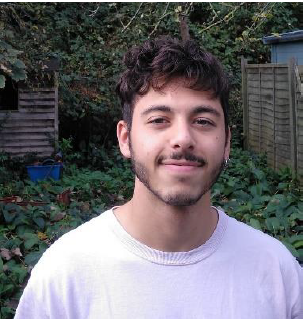Objectives
Abstract: One of the biggest challenges that we face this century is finding an energy source that can provide electricity safely, efficiently and sustainably to the increasing population without contributing to climate change in the process. Nuclear fusion, the reaction that powers the stars, is one of the candidates to do so. Although the devices used to achieve fusion have significantly advanced over the last decades, no device has accomplished to generate net energy. The main candidate to do so is ITER. ITER is the largest nuclear fusion reactor in the world, which is being built in Cadarache, France, and which is projected to be the next step towards future fusion power plants. In this work, we use integrated modelling to make predictions about the heating of the plasma at ITER using radio frequency (RF) heating. In the first stage of operation at ITER, the main aim is not to achieve fusion, but to demonstrate the systems required for full power operation. There are several scenarios that are being considered which will satisfy the requirements of this first stage. We model the RF heating of two of these scenarios using the heating code PION integrated in to the transport modelling workflow European Transport Solver (ETS), show results and compare them to previous modelling performed with the heating codes CYRANO and TORIC. We found good agreement in the absorption of the RF wave by the electrons in the plasma, but some differences in the absorption by the main resonant ion species. This is probably due to the presence of orbit width effects in the PION+ETS results, and in the fact that PION computes the evolution in time of the distribution function, which CYRANO and TORIC do not compute.
 Short Bio: Tomás Bensadón graduated in Quantum Physics and Physical Chemistry (2018) from University College London (UCL), UK. He then obtained an MSc in Particle Physics (2019), also at UCL. His thesis focused on developing physical studies for a Very High Energy Electron-Proton Collider (VHEeP), which would use proton-driven plasma wake field acceleration to reach the highest ever achieved electron-proton centre-of mass.
Short Bio: Tomás Bensadón graduated in Quantum Physics and Physical Chemistry (2018) from University College London (UCL), UK. He then obtained an MSc in Particle Physics (2019), also at UCL. His thesis focused on developing physical studies for a Very High Energy Electron-Proton Collider (VHEeP), which would use proton-driven plasma wake field acceleration to reach the highest ever achieved electron-proton centre-of mass.
In 2020 he joined the Fusion Theory Group (CASE) at Barcelona Supercomputing Center (BSC) as a PhD student under the supervision of ICREA professor Mervi Mantsinen, where his thesis research focuses on the analysis of ITER performance with different heating schemes using predictive integrated plasma modelling.
Speakers
Speaker: Tomás Bensadón, Fusion First Stage Researcher, CASE, BSC
Host: Mervi Mantsinen, Fusion Group Manager, CASE, BSC

